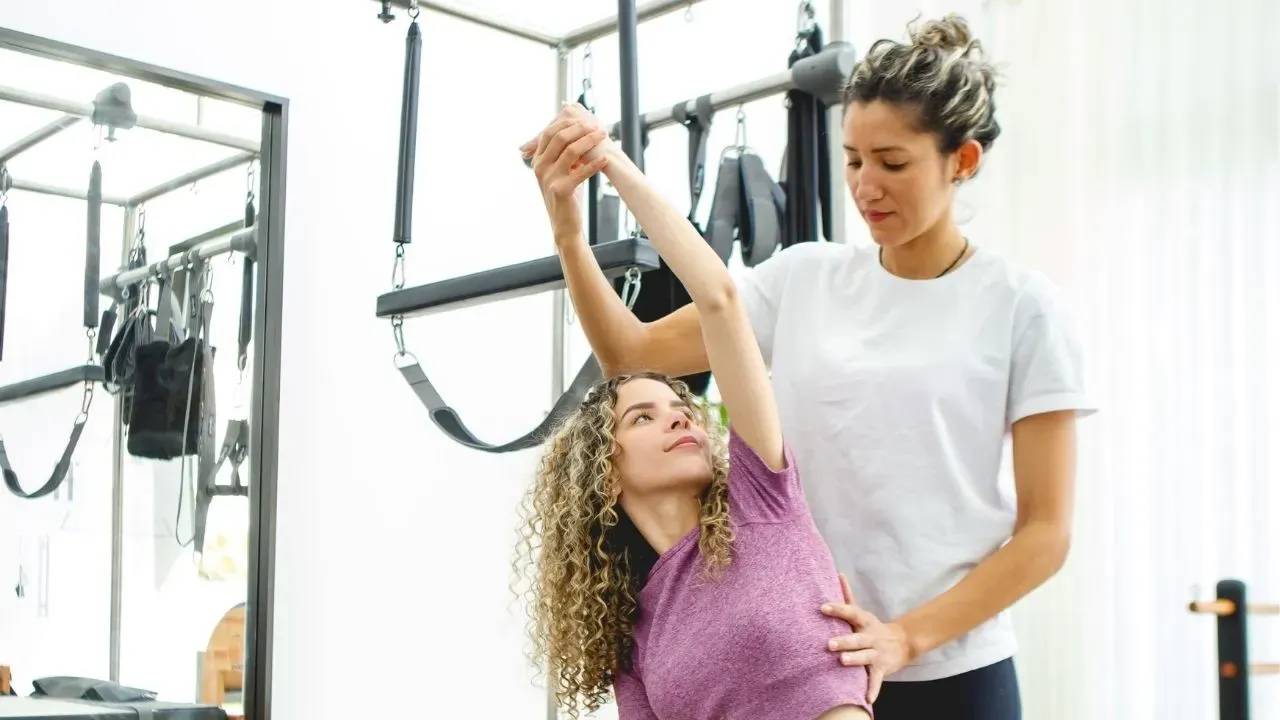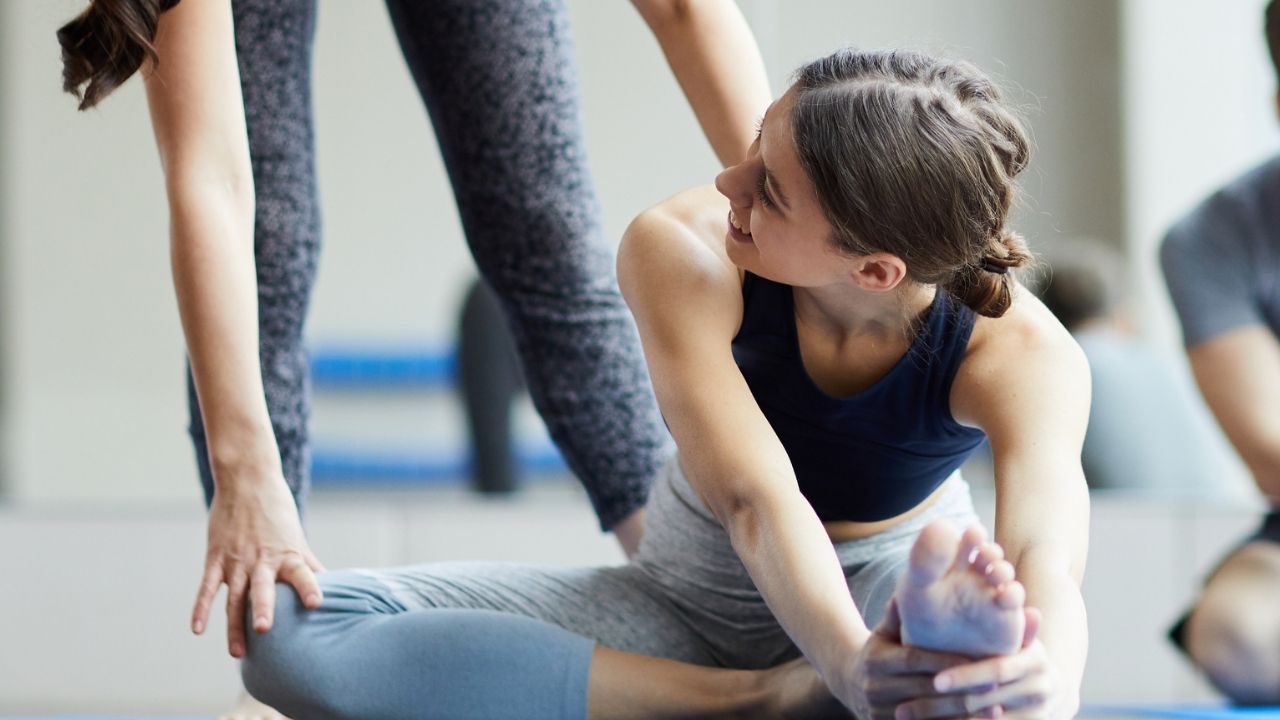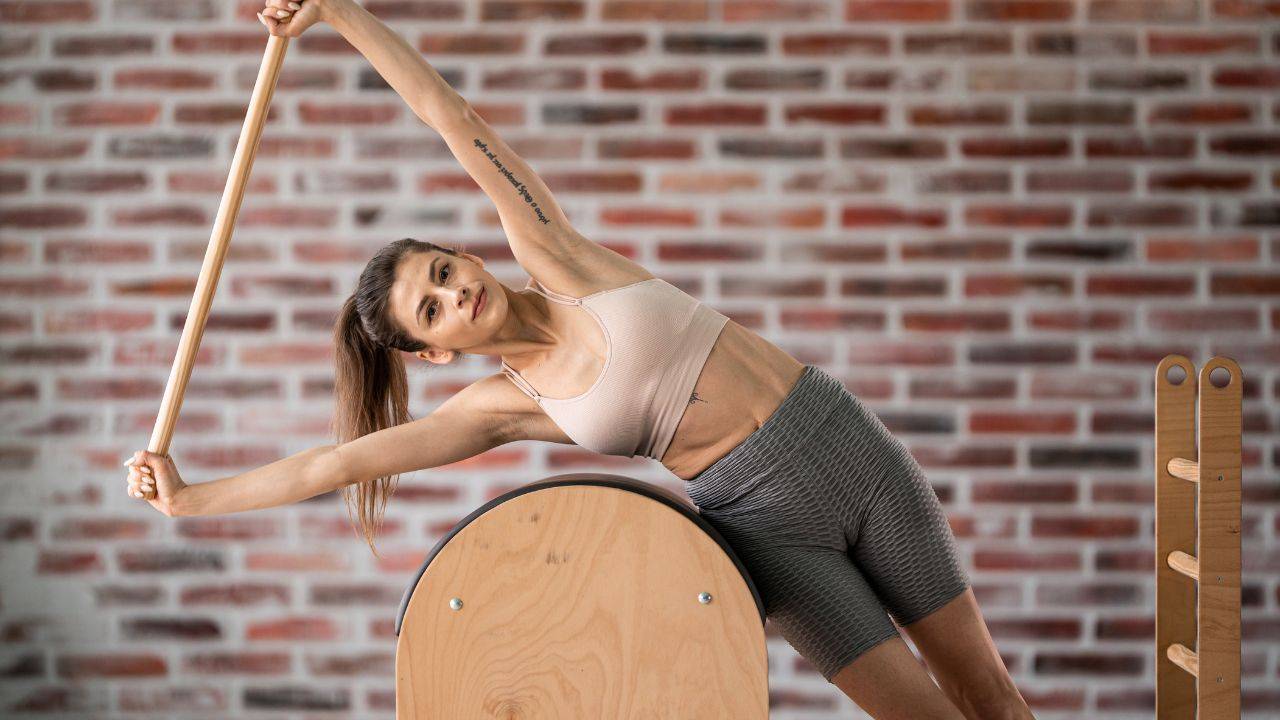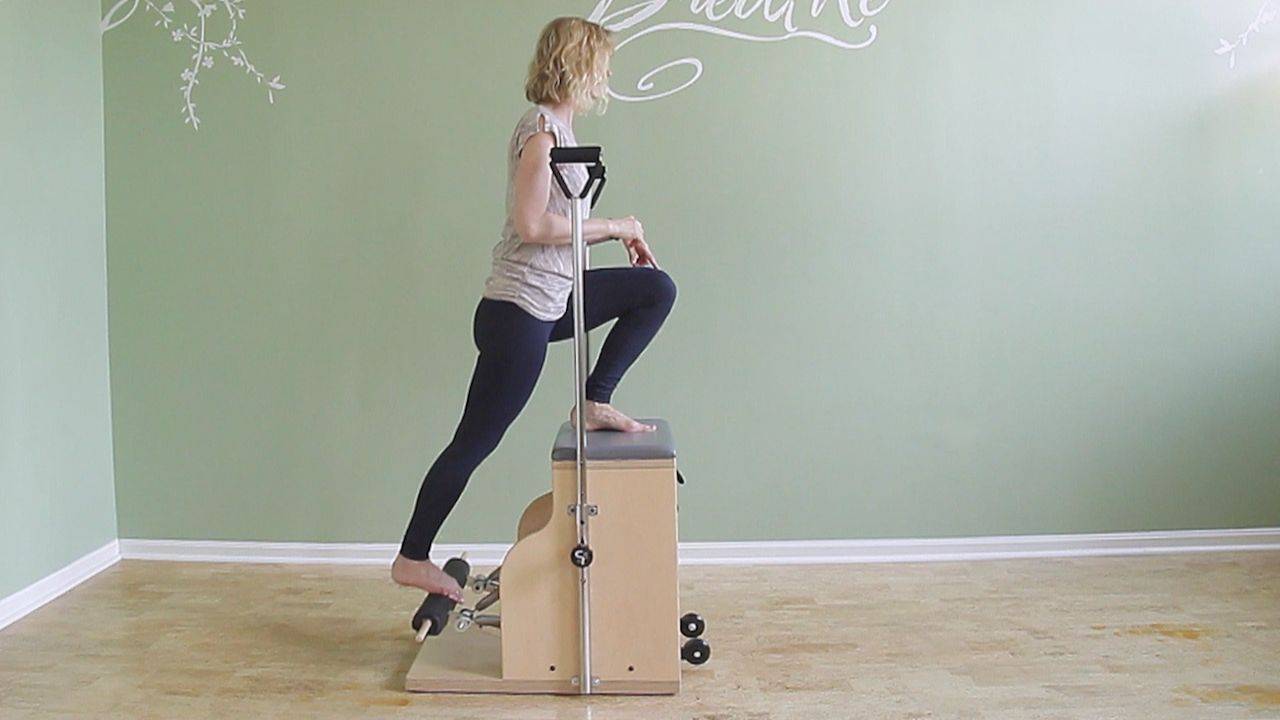The Best Cash Flow System (I Know) For Your Pilates Studio
Feb 16, 2020
Today’s book review is going to be especially interesting for those of you owning or running a Pilates Studio. I don’t consider myself a Pilates business pro and I don’t plan on recommending strategies for running your business going forward, but “Profit First for Microgyms” by John Briggs has been a life (and business) saver for me. So - how can I not share it with you? That would be irresponsible, no?
When I opened my first Pilates studio in 2011, I didn’t know anything about running a business. I was passionate, had a strong work ethic, and learned as much as I could from books and coaches. I wish I had found this book earlier, though.
I first read “the original” (Profit First by Mike Michalowics) before this “sequel” came out and I loved it instantly. Actually, it’s not a sequel as it talks to one segment of business owners, namely anyone owning and operating a small fitness-related business, such as a Pilates or yoga studio, Crossfit gym, etc.
It starts off great. The headline of chapter 1 reads “Your members need you to be profitable”. YES! Thank you!
Too often we Pilates teachers suffer from “helper syndrome”. We do anything we can for our students. But take money for it in return? No! That’s not nice. Wouldn’t want to appear greedy. We do it because we want to help our students and our reward is that they feel better. Hm.
Profit First is a cash flow system - the author calls it the ultimate accounting paradigm - that’s radically different from anything that came before. Different in a good way. It has a very simple way of showing you whether you are profitable. You might already be aware whether there is money left in the bank or not after paying all your expenses, but it goes further than that. It shows you where your money should go (often the owner; we are known to underpay ourselves).
Profit First shows you very clearly that you have to cut expenses in a way that makes sense, even to someone like me who doesn’t particularly care for tracking numbers. There is no way that you can rationalize your way out of the knowledge that you’re overspending. Running a Pilates Studio is expensive, as I’m sure you know if you are among those of us who are doing it or who have done it.
I read with sadness posts in Facebook groups of studio owners wanting to close or sell their studio. I have sold mine. Many of us burn out. We work too much and we don’t make enough money (to be able to afford to go on vacation) and hence the cycle begins.
I think Pilates Studios should thrive. We do such good work, in fact, amazing work on a daily basis. One of the problems is that many studio owners are not business people. We are Pilates teachers, masters of our craft, but studio ownership is a whole other skill set. We can learn these skills, but we can definitely use some help. This book is one of those that will make our life as a studio owner a whole lot easier. Really.
I was thrilled when I saw the release for a specific Profit First book for Microgyms. A microgym is defined as any fitness facility that’s not a large chain.
The author of the book, John Briggs, owns a CrossFit Gym but even before he bought the business he had helped many other small gyms through his expertise as a certified public accountant. So - he doesn’t just talk the talk but he knows first hand what it’s like to own and operate a small gym. (Check out chapter 13 in the book for the explanation of tacit versus explicit knowledge.) I like.
The quick (and very superficial) explanation of the Profit First system is this: divide your total income into 4 different bank accounts: 1. Owner’s Pay, 2. Operating Expenses, 3. Taxes, 4. Profit. (He’ll teach you how much to put into each of those categories). Profit First for Microgyms adds two more accounts: 5. Team Members (Staff/Teachers) and 6. Equipment.
Whenever you check your accounts, you see clearly how much money is in each of those accounts and that’s what you have available to pay your bills in each of those categories. Smart, right? Once your operating expense account shows zero, you know you’re overspending and you have to cut expenses. Clear as day. Even I understand that. (Have I mentioned that I’m not a numbers girl?) He, of course, helps you figure out which expenses to cut. One of his observations is that, “It can be hard for you to separate the familiarity of the expense from the necessity of the expense.” Oh yeah! It can seem absolutely IMPOSSIBLE to cut certain expenses. But is that really true or are you just familiar with it and you’re afraid your students will get upset if you don’t offer free water bottles anymore.
Here are a few things that John discusses in his book that I can imagine you recognize and are familiar with:
- “If you aren’t paying yourself enough, then chances are the gym’s operating expenses are too high.” Looking from the outside in, being a Pilates teacher seems like a profitable profession. John says, “We know that people think you make more than you do.” Oh, do they!! Can you blame them? After all, we charge between $70-$100 per hour. Not bad, right? Well, deduct from that rent, utilities (electricity, internet, phone), equipment loan, and business liability insurance. And we haven’t even started with personal expenses for the owner like rent, utilities, health insurance and so on. There is not that much left at the end of the day. If you humor me for a second, let me put this into perspective: when I see my naturopath or my chiropractor, I pay $150 for a 20-minute visit. This means, her billable hour comes to $450. Compare this to $80 for a Pilates instructor. See what I mean?
- “For most people, becoming an accountant is the equivalent of smashing a brick on your face.” Indeed.
- “How did you figure out what to charge for membership fees and training?” When I ask this question of clients, I usually get some version of, “Well, I looked at what the guy down the road is doing and matched what he is charging.” Well, how did he figure it out? He did the same thing.” Yep, that’s exactly what I did when I opened my studio. I googled other Pilates studios and looked at their rate and then chose a number on the lower range because I was just starting out. I think we undercharge drastically for our services. The only other option to raise your income per hour is to teach large classes. But can we be effective that way? Is that how Pilates is supposed to be taught?
- “Are you utilizing the space sufficiently? Are you operating at maximum floor efficiency?” One thing I preach to everyone who wants my advice about owning a studio is to maximize resources, space being one of them. Pack ‘em in! It’s not a big deal to have two things happen at once in the same space.
- You’ll learn which numbers to track in your business - the KPI (Key Predictive Indicators) - in order to help you make the right decisions. A startup gym owner is going to be looking at different KPIs than an established gym owner.
- You’ll learn how to legally set up your business (LLC, corporation, etc).
- He takes you step-by-step through analyzing your cash flow.
- You’ll learn the meaning of leads, conversions, ROI, referrals, profit per class, profit per service (group classes versus private sessions), and so much more.
- Finally, the author offers specific gym strategies to increase cash flow.
Reading the book, I felt so understood. Finally, someone who knows exactly what I’m dealing with! Thank you!
If you decide to pick up the book, be aware that he uses the word “coach” for trainer, teacher, or instructor. This threw me a bit in the beginning.
If this review turned you off of wanting to open your own studio, then maybe this is a good thing and it saved you a lot of heartache and headache. But it is not my intention to stop you from going that route, but I want you to be crystal clear what you’re getting into and I want you to be prepared from the very start. Mike Michalowicz writes in the foreword “I regularly see microgym owners put their life and soul into their business, and the business steadily sucks away their life and soul.” I don’t want that to be you!










